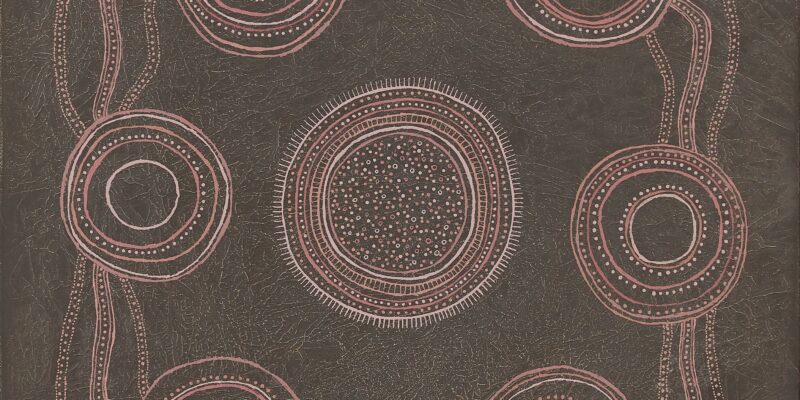Understanding Country Through Culture
At Yallingup Aboriginal Art Gallery, we often hear visitors talk about the beauty of our changing environment. But what many don’t realise is that in Noongar culture, there aren’t just four seasons, there are six seasons.
Unlike the Western calendar that divides the year into summer, autumn, winter and spring, the Noongar people have long observed a more detailed seasonal cycle based on natural changes in the environment: the movement of animals, the flowering of plants, shifts in wind, rain, and temperature. It’s an ancient way of understanding Country – practical, respectful, and deeply connected to the land.
The Six Noongar Seasons- A harmonious guide for life on Noongar Boodja
Birak (December – January)
The first summer. The Season of the Young. Hot, dry longer days, easterly winds in the morning and sea breezes in the afternoon. At one time, this is when controlled burns would traditionally take place to care for the land, encouraging new growth and protecting habitats. Abalone are abundant. Honky nuts drop as the cockatoos feast.
Bunuru (February – March)
The second summer and the hottest time of year. The Season of Adolescence. With little fresh water available, people stayed near the coast. Fishing and gathering seafood were central during this time. Days are long and winds are light. Seafood are abundant.
Djeran (April – May)
Autumn arrives gently. The weather cools and the rains begin. The Season of Adulthood. Plants start to seed, and the land begins to slow down. A season of calm and preparation. With the first rains, this is the ideal time to care for country with cool burning practises. Salmon begin to run.
Makuru (June – July)
Winter, marked by cold days and soaking rain. The Season of Fertility. Waterways fill, and animals pair up to breed. A time for shelter, rest, and renewal, where tribes people moved away from the coast, inland. The ideal season to hunt.
Djilba (August – September)
A season of transition. Cold mornings give way to warmer days. The Season of Conception. Wildflowers begin to bloom starting with yellow wattles. The land starts to stir again with new life.
Kambarang (October – November)
Spring brings colour and growth. The Season of Birth. Bush foods become more plentiful, and warmer weather invites movement and abundance. Reptiles stir from hibernation with the warmer sunny days.
The Six Seasons reflect a deep understanding of the land and its rhythms. If you’re visiting the South West, a visit to Ngili Cave for their Ancient Lands Experience is a must. Something we recommend to all of our gallery visitors is a cultural experience with our local custodian Josh Whiteland. Josh operates Koomal Dreaming where he offers a number of customised tours from Ngili Cave and surrounds. Josh’s knowledge of his country, the Noongar Six Seasons and the history of Indigenous culture will leave you with a deep appreciation for the Region. At Yallingup Aboriginal Art, many of the artists we represent paint works inspired by these seasonal changes including Josh— full of colour, meaning, and connection to Country.
👉 Browse our Six Seasons artworks
By learning about the Noongar calendar, we begin to see the world differently — not just as observers of nature, but as participants in its ongoing cycle.

